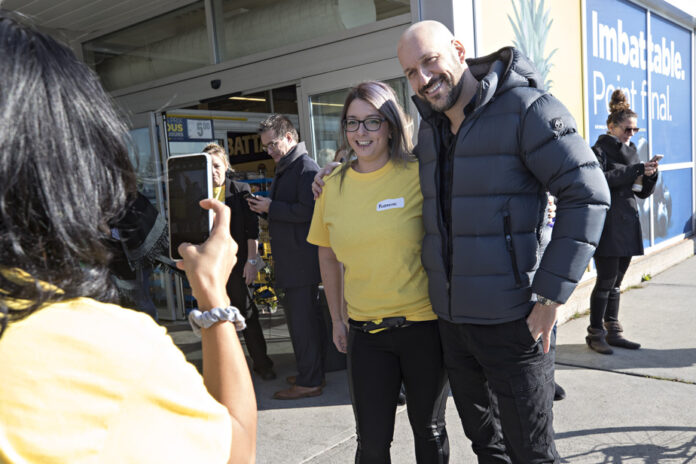After years of negotiations, Quebec artists and producers agreed on a substantial increase of more than 35% in minimum fees for digital advertisements.
For television, the increase is 2.5%. The big news is that the two parties, the Union of Artists (UDA) and the Association of Joint Producers (APC), have agreed to merge the agreements and harmonize prices on all platforms.
These are obviously minimum fees, the best-known artists often managing to negotiate better prices. This hourly salary is also generally included in broadcasting agreements, with a usual initial duration of 13 weeks. The terms vary greatly and can, for example, be $1100 for digital media and $1951 for television.
According to the Association of Creative Communication Agencies (A2C), advertising is the second largest income and brings in an average of 30 million annually for some 3,500 artists. The A2C is one of three associations, along with the Association of Canadian Advertisers (ACA) and the Institute of Canadian Agencies (ICA), which negotiate on behalf of the industry the minimum conditions for artists for the production of commercials .
This agreement in principle announced in mid-December, which received little coverage outside of a few specialized media, is “excellent news for Quebec,” rejoices Dominique Villeneuve, CEO of the A2C.
“There were significant increases for the digital stamp, it was the union demand. For television, the increase is more limited, considering the difficulties for this medium. In exchange, we had more flexibility. I think we managed to meet the expectations of the union and advertisers. These are win-win conditions. »
The agreement in principle must be formally ratified before it comes into force “within four months maximum,” specifies Ms. Villeneuve. It will be in effect for three years. After the harmonization of tariffs in 2024, increases of 2.5% and 1.5% are planned for the following two years.
We have also provided for relaxation for small digital projects with a budget of less than $85,000: a minimum rate of $1,121 will apply not for the first 13-week broadcast cycle, but over one year.
For the third year of the agreement, moreover, payments to the Artists’ Security Fund will increase from 13 to 14%.
Ms. Villeneuve believes that this agreement will allow “production stability for the entire industry,” while the media is in crisis. “The modernization of the agreement will allow us to continue working collaboratively to produce more in Quebec for the benefit of all. »















